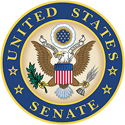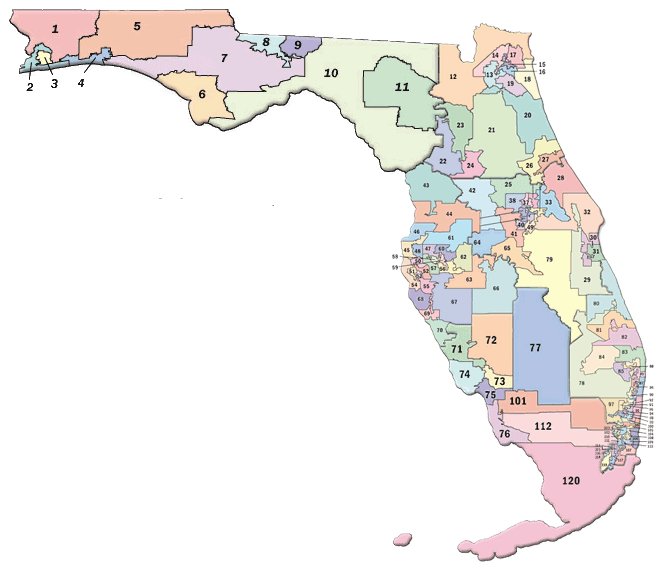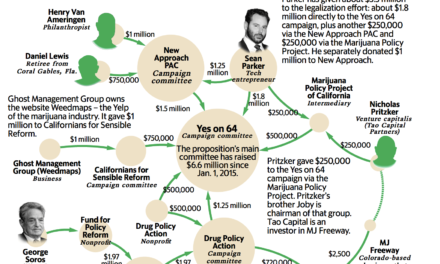June 24 From O’S News Service
A special hearing on cannabidiol (CBD) was held June 24 by the U.S. Senate Caucus on International Drug Control, and Martin Lee, director of Project CBD, contributed written testimony.
After briefly recounting the medical potential of CBD, Lee challenged the simplistic notion that it’s the “good” cannabinoid, as opposed to bad THC:
…But a CBD-rich remedy with little THC doesn’t work for everyone. Parents of epileptic children have found that adding some THC (or THCA, the raw unheated version of THC) to the CBD oil helps with seizure control in many instances. For some epileptics, THC-dominant strains are more effective than CBD-rich products.
The vast majority of patients need access to a broad spectrum of whole plant cannabis remedies, not just low THC medicine. One size doesn’t fit all with respect to cannabis therapeutics, and neither does one compound or one product or one strain.
Along with a growing awareness of cannabidiol as a potential health aide there has been a proliferation of misconceptions about CBD and a misplaced emphasis on CBD as a single-molecule medicine.
Various scientific studies have established that CBD and THC interact synergistically to enhance each other’s therapeutic effects. Scientists at the California Pacific Medical Center in San Francisco determined that a combination of CBD and THC has a more potent antitumoral effect than either compound alone when tested on brain cancer cell lines. British researchers have shown that CBD potentiates THC’s anti-inflammatory properties in an animal model of colitis. And clinical studies sponsored by GW Pharmaceuticals showed that CBD combined with THC is helpful for treating neuropathic pain.
CBD and THC both have well-documented neuroprotective effects, yet THC continues to be stigmatized as “recreational” and “dangerous.” Diehard marijuana prohibitionists are trying to exploit the good news about CBD to further demonize high-THC cannabis, casting tetrahydrocannabinol as the bad cannabinoid, whereas CBD is framed as the virtuous cannabinoid. Project CBD categorically rejects this moralistic, reefer madness dichotomy in favor of whole plant cannabis therapeutics.
Amid all the excitement about CBD, one should not ignore the importance of THC as a therapeutic substance. Investigators at the Scripps Research Institute in La Jolla, California, have shown that THC inhibits an enzyme responsible for the accumulation of amyloid plaque in the brain, the hallmark of Alzheimer’s-related dementia. Harvard University scientists found that THC cuts tumor growth in common lung cancer in half and “significantly reduces the ability of the cancer to spread” – which helps to explain why smoking marijuana doesn’t cause lung cancer. And a 2010 study in the Journal of Clinical Psychopharmacology reported that oral THC improved symptoms of ADHD and Tourette’s syndrome in a teenager.
In addition to THC and CBD, cannabis contains several hundred compounds, including various flavonoids, aromatic terpenes, and many minor cannabinoids. Each of these compounds has specific healing attributes, but when combined they create what scientists refer to as an “entourage effect” so that the therapeutic impact of the whole plant exceeds the sum of its single-molecule parts.
A recent study in Israel documented the superior therapeutic properties of a whole plant CBD-rich cannabis oil extract as compared to synthetic, single-molecule cannabidiol. The Israeli researchers found that a small amount of CBD-rich oil was needed for significant pain relief, whereas a much larger amount of pure CBD was required to achieve the same analgesic effect.
Moreover, the administration of pure, single-molecule CBD in an animal model resulted in a bell-shaped dose-response curve, meaning that when the amount of CBD exceeded a certain point its therapeutic impact declined dramatically. “Healing was only observed when CBD was given within a very limited dose range, whereas no beneficial effect was achieved at either lower or higher doses,” the scientists observed. This characteristic of single-molecule CBD—manifested as a bell-shaped dose-response—imposes serious obstacles that limit its usefulness in a clinical context.
The dose-response improved significantly when CBD was combined with other cannabis components. “A lot of research has been made to isolate and characterize isolated single constituents of traditional herbal medicine to find their rationale for therapeutic uses,” the Israeli team concluded. “However, our data together with those of others provide legitimation to introduce a new generation of phytopharmaceuticals to treat diseases that have hitherto been treated using synthetic drugs alone. The therapeutic synergy observed with plant extracts results in the requirement for a lower amount of active components, with consequent reduced adverse effects.”
Raphael Mechoulam, the Israeli scientist who discovered the chemical structure of CBD and THC, likened cannabis to “a medicinal treasure trove.” He wasn’t referring to just one component of the plant. Cannabis, the still forbidden botanical, should be removed from Schedule I and regulated as a medicinal herb, not as a single molecule pharmaceutical or a street drug.





